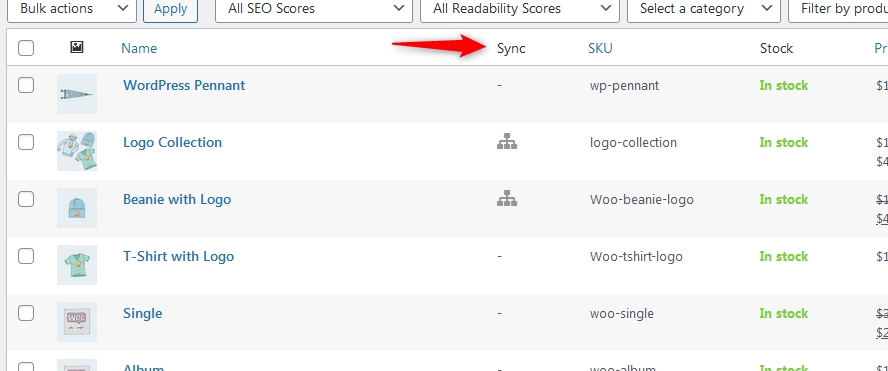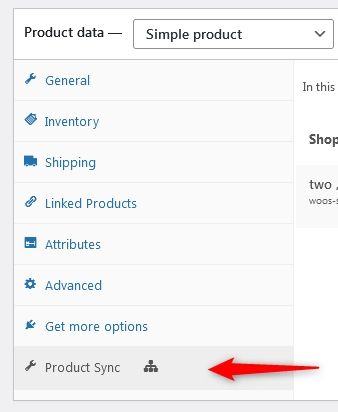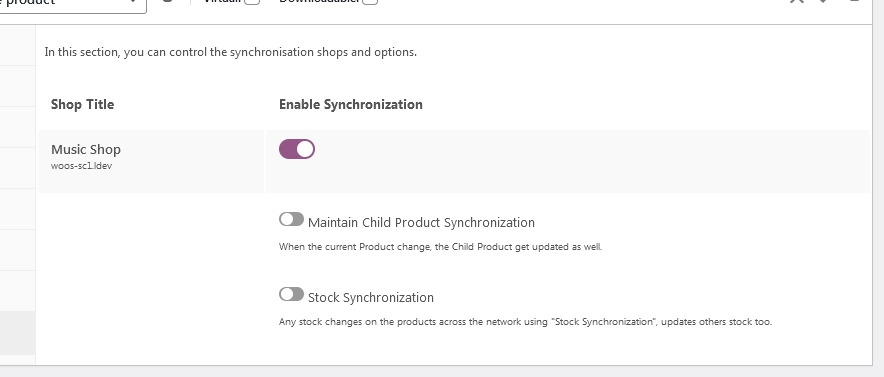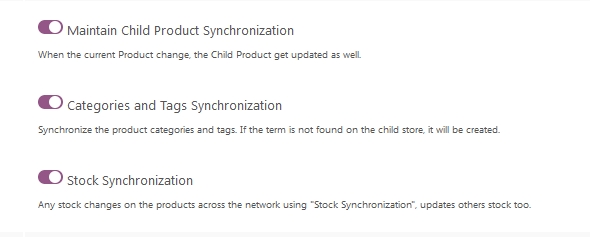Synchronize WooCommerce Products across the WordPress MultiSite shops
Managing multiple WooCommerce shops within a WordPress Multisite environment can be challenging, especially when it comes to keeping product information consistent across all stores. The WooCommerce Product Synchronization feature in the WP Global Cart plugin addresses this challenge by enabling seamless synchronization of products across your network.
Table of Contents
Purpose of WooCommerce Product Synchronization
Maintaining up-to-date product information across multiple online stores can be time-consuming and prone to errors. Manually updating each product’s details—such as descriptions, prices, and stock levels—across various shops increases the risk of inconsistencies. The WooCommerce Product Synchronization feature automates this process, ensuring that any changes made to a product in one shop are reflected across all synchronized shops in your network. This automation not only saves time but also enhances the accuracy and consistency of your product data.
Supported Product Types for Synchronization
The synchronization feature is designed to work with all default WooCommerce product types, including:
- Simple Products: Single items without variations.
- Variable Products: Items with multiple variations, such as different sizes or colors.
- Grouped Products: A collection of related products that can be purchased individually.
- External/Affiliate Products: Products listed on your site but sold elsewhere.
Additionally, any custom-defined product types introduced by other plugins or custom code are compatible with the synchronization feature, ensuring flexibility to meet your specific business needs.
Product Details Included in Synchronization
By default, the synchronization process encompasses a comprehensive range of product details, including:
- Title: The product name.
- Description: Both short and long descriptions.
- Price: Regular and sale prices.
- Product Type: Simple, variable, grouped, etc.
- Inventory: Stock status and quantity.
- Attributes: Characteristics like size, color, etc.
- Variations: Different versions of a variable product.
- Images: Featured images and galleries.
- Upsells and Cross-sells: Related product suggestions.
- Meta Data: Custom fields and additional information.
- Categories and Tags: Organizational taxonomies.
- Shipping and Tax Classes: Relevant classifications for logistics and taxation.
The synchronization process also includes any other metadata saved for the product by custom plugins or code, ensuring a thorough and accurate replication across your network.
The feature is flexible enough, to give total control over the exact piece of information to be synchronized. The Stock attribute is also synchronizable if required:

When activated, it will maintain the stock level on the network, according to successful orders, refunds, etc.
Setting Up Product Synchronization
The WP Global Cart plugin integrates seamlessly with the default WooCommerce interface, making the setup process straightforward. The synchronization interfaces are simple and self-explanatory. For easiness, they are integrated into the default WooCommerce structure. There are no additional screens, to avoid confusion. So all native WooCommerce operations and functions ( e.g. Quick Edit, Bulk Edit ) also interact with the synchronization functionality.

To set up a synchronisation for a product:
- Access the Product Sync Interface: Within the WooCommerce product editor, locate the ‘Product Sync’ tab.

- Select Target Shops: Choose the shops within your network where you want the product to be synchronized.
- Enable Synchronization Options:
- Maintain Child Product Synchronization: Activating this option ensures that any updates to the main product are automatically applied to the synchronized products in the selected shops.

- Stock Synchronization: Enabling this feature maintains consistent stock levels across all synchronized products, adjusting inventory in real-time as sales occur.

- Maintain Child Product Synchronization: Activating this option ensures that any updates to the main product are automatically applied to the synchronized products in the selected shops.
- Save Changes: After configuring the synchronization settings, save your changes to initiate the synchronization process.
This intuitive setup allows you to manage product synchronization without navigating away from the familiar WooCommerce product editor, streamlining your workflow.
Advanced Synchronization Options
The WP Global Cart plugin offers advanced features to enhance the synchronization process:
- Selective Data Synchronization: Utilize programmable filters to specify which product data should be synchronized. This flexibility allows you to tailor the synchronization process to your business requirements.
- Asynchronous Synchronization: For stores with extensive product catalogs, the plugin provides an ‘Asynchronous Cron’ synchronization method. This approach processes synchronization tasks in manageable batches, reducing server load and ensuring smooth operation even with large datasets.



Hey, We’ve purchased the plugin, but we can’t see these options on products and single products backend, how it should be fixed?
Hi,
The feature is available within the Developer License package, make sure you own that https://wpglobalcart.com/pricing/
Thanks
The feature is now available for all plans.
“504 Gateway Time-out” when i try to update the products so they synch to the parent website. Can WPGlobalCart automatically update products on a schedule?
Hi,
You can use the Asynchronous Cron option for the operation. For more details see https://wpglobalcart.com/efficiently-manage-large-product-lists-with-woocommerce-product-synchronisation-feature-and-synchronization-operation-type-option/
Thanks